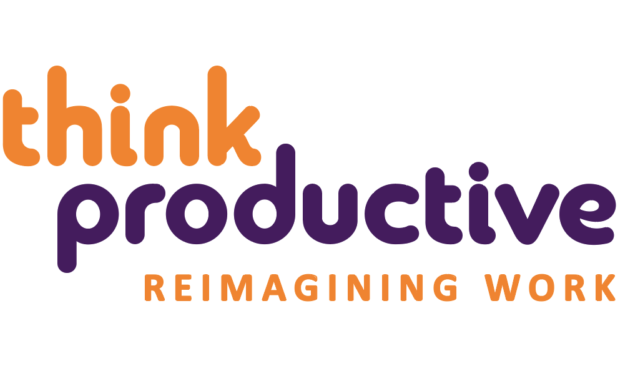Every organization we meet is wrestling with the same paradox.
We’ve never had more smart tools — and yet we’ve never felt less in control of our attention.
Technology promised to make work easier. Instead, it often just makes it busier.
So the real question isn’t “What tool should I use?” but “How can I use tools to make my work more human?”
Here are five practical ways to start:
1. Use your calendar as a gatekeeper, not a diary.
Most of us use our calendars reactively — letting other people’s priorities flood in first and squeezing our real work into the cracks. Instead, start with your attention, not your appointments.
At the end of each week, look ahead and block time for deep work before you allow meetings to populate. This isn’t about creating the illusion of busyness — it’s about protecting the space where real thinking and creativity happen.
Tools like Outlook’s Focus Time or Google Calendar’s “working locations” can reinforce these boundaries. But the real discipline is saying, “This time is for focus — it’s not up for negotiation.”
2. Automate your setup, not your judgment.
Automation is one of the most powerful benefits of smart tools — but it’s easy to overdo.
Automate the routine work (scheduling, reminders, recurring tasks), not the meaningful decisions.
For example, use:
- Zapier or Microsoft Power Automate to handle repetitive admin flows.
- Canva templates or AI assistants to generate first drafts, not final decisions.
The goal is to remove friction, not reflection. The moment a tool starts thinking for you instead of with you, it’s time to step back.
At Think Productive, we remind participants: technology should accelerate clarity, not replace it.
3. Let your inbox serve your priorities.
Email is a brilliant communication tool — but a terrible to-do list.
The most productive people don’t check email all day; they process it on their terms.
In our upcoming Ninja Skill Booster: Inbox Mastery: Conquer Email Overload, we share a simple 3-step habit:
- Process in batches, not constantly. Turn off notifications and decide when you’ll deal with email — not the other way around.
- Turn decisions into tasks. If an email needs action, move it into your task manager instead of leaving it buried.
- File fast. Touch each email once. File it, delete it, or act on it — but don’t let it linger.
It sounds simple, but it’s profoundly freeing.
You’ll spend less time reacting and more time creating.
If you miss the live session, you can still watch it through our Skills Booster Hub — along with dozens of other free, practical sessions from Productivity Ninjas around the world.
4. Schedule one ‘no tool’ hour each week.
This one surprises people.
Set aside one hour — no screens, no notifications, no “quick checks.”
Use it to:
- Map out ideas on a whiteboard.
- Reflect on your week with pen and paper.
- Or take a walk and think about a challenge that needs perspective.
These quiet, analogue moments often unlock your best strategic thinking.
Your brain processes information differently when you’re not multitasking — and creativity thrives in that space.
We call it a human reboot.
5. Do one digital spring clean a month.
The tools that once helped us can quietly become clutter themselves.
Once a month, take ten minutes to review your apps, extensions, folders, and subscriptions.
Ask:
- What tool do I no longer use?
- What duplicates another?
- Which ones actually add stress instead of clarity?
Then simplify. Delete one. Mute another. Streamline your setup.
Every unnecessary tool you remove gives you a little more focus — and a little less noise.
The big shift: from “more tools” to “more trust.”
Smart work isn’t about replacing human intelligence with artificial intelligence.
It’s about using technology to create space for human skills to thrive — judgment, empathy, curiosity, creativity.
At Think Productive, we believe technology should give people back what modern work has stolen:
- Time to think clearly.
- Energy to make good decisions.
- Space to connect with colleagues as humans, not just names in a chat thread.
That’s how tools make work better — not faster, but smarter.
Want to go further?
- Download: 10 AI Tools Every Manager should know
- Register Now: Inbox Mastery – Conquer Email Overload
- Explore: The global Skills Booster Hub – free, practical learning anytime.
- Join: 6 Weeks to Ninja – our next live masterclass for lasting calm, control, and clarity.
Because the smartest tool in your workplace is still a focused, creative, human brain.
Everything else should just help it shine.
